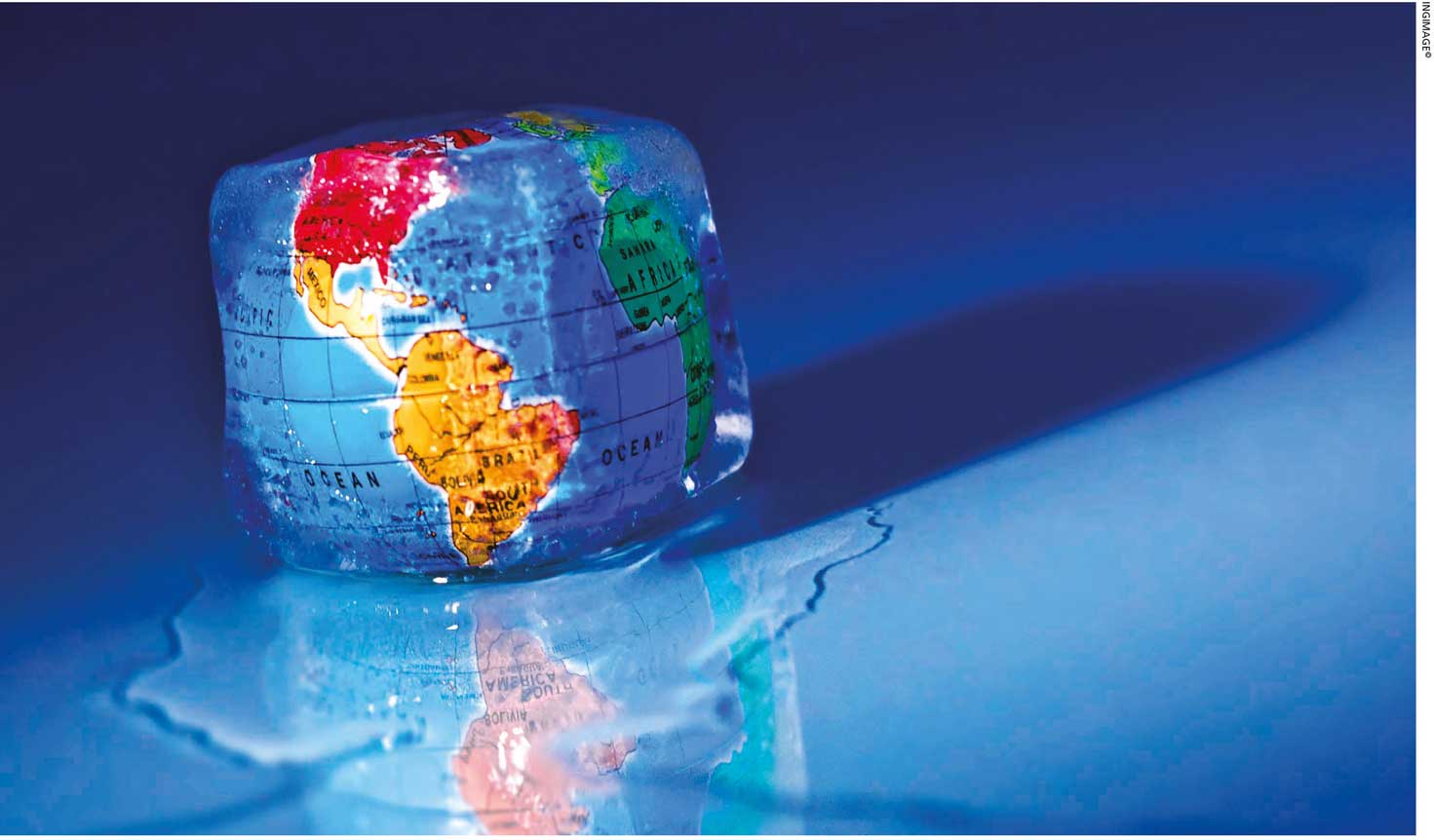CLIMATE CRISIS

CODE RED FOR HUMANKIND!
Samantha Amerasinghe stresses the need for action to tackle climate change

The climate emergency may seem like an issue of the moment; yet another one to add to the growing list, which includes the pandemic (let’s not forget that many of the root causes of climate change also increase the risk of pandemics), Afghanistan and so on. But the worst part is that we’ve known about this crisis for a very long time.
“A code red for humanity!” This was UN Secretary-General António Guterres’ stark description of the conclusions from the UN’s Intergovernmental Panel on Climate Change (IPCC) landmark report on climate change released in August.
The report – which will form the basis of negotiations ahead of the upcoming global COP26 UN Climate Change Conference summit in Glasgow, in November – paints a grim picture.
We outline the key findings from the report and highlight the impact of climate change on the global economy.
 Last year’s bushfires in Australia and more recent events – for example, the heat wave in the US Pacific Northwest killing hundreds in June, Brazil experiencing its worst drought in 91 years, the heat wave in Canada, fires in California, and floods in Germany, China and Japan – clearly show that extreme weather events have increased dramatically.
Last year’s bushfires in Australia and more recent events – for example, the heat wave in the US Pacific Northwest killing hundreds in June, Brazil experiencing its worst drought in 91 years, the heat wave in Canada, fires in California, and floods in Germany, China and Japan – clearly show that extreme weather events have increased dramatically.
But what we’re experiencing now is merely a prelude to the upheaval to come.
Heat waves and droughts will pose the gravest threat in the next decade as temperatures continue to rise due to heat trapping gases. Previously, once in a decade droughts could happen every five or six years; and twice in a century heat waves could occur roughly every six years.
There are two key numbers to put this ‘moment’ in perspective.
The first is 1.5: the report’s key finding is that the world is likely to temporarily reach 1.5°C (the Paris Agreement target) of warming within 20 years even in a best case scenario of deep cuts in greenhouse gas emissions. It’s staggering that the planet has already surpassed more than 1°C in average warming.
And the second number is zero: the world needs to reach zero net emissions in greenhouse gases. This means no net pollution from burning fossil fuels and the like as soon as possible but by 2050 at the latest. It’s only then that we might stand an inkling of a chance to limit warming to 1.5°C.
Interestingly, this threshold has become a rallying point as since preindustrial times, the planet warmed by an estimated 1.2°C by last year and 1.1°C on a 10 year average basis.
To put the crisis in perspective, 7,348 major disaster events were recorded globally in the last 20 years, claiming around 1.2 million lives. These events cost close to US$ 3 trillion in economic losses with eight of the 10 most affected countries being in Asia.
China (577) and the US (467) recorded the highest number of disaster events between 2000 and 2019, followed by India (321), the Philippines (304) and Indonesia (278), according to the UN.
The human toll of climate change is devastating; the economic impact has been catastrophic. According to the Swiss Re Institute, the global economy could shed 10 percent of its economic value by 2050 due to climate change if it stays on the currently anticipated trajectory, and the Paris Agreement and 2050 net zero emissions targets aren’t met.
Put another way, if temperatures rise by 3.2°C from inaction, this could wipe out up to 18 percent of the global economy’s GDP by 2050. If this is not enough to make world leaders wake up to the terrible predicament we are heading towards, then nothing will.
Asian economies will be the hardest hit. The numbers are mind-blowing, to say the least.
The report highlights that countries most susceptible to global warming are in South and Southeast Asia – including Malaysia, Thailand, India, the Philippines and Indonesia. While these nations are the ones with the least resources to mitigate the effects of global warming, they also stand to benefit the most from global efforts to reduce temperature rises.
Advanced Asian economies are projected to record GDP losses of 3.3 percent in case of a rise below 2°C and 15.4 percent in a severe scenario, while ASEAN countries are forecast to see drops of 4.2 percent and 37.4 percent respectively.
China is at risk of losing nearly 24 percent of its GDP in a severe scenario compared to forecast losses of 10 percent for the US, Canada and the UK, and 11 percent for Europe.
The next decade will be crucial to averting a climate catastrophe.
There are reasons for optimism but only if we take decisive action to meet the Paris Agreement targets. It’s a tall order that will require timely action and a concerted global coordinated effort, as well as cooperation between the public and private sectors to speed up the transition to net zero.
Nonetheless, even in a world that’s warmer by 1.5°C, the harsh reality is that we are likely to see a rise in the number of unprecedented weather events. These findings underscore the overwhelming urgency of the moment.
It’s time to act. Let’s hope the COP26 negotiations are productive and world leaders don’t merely blow more hot air.




Leave a comment